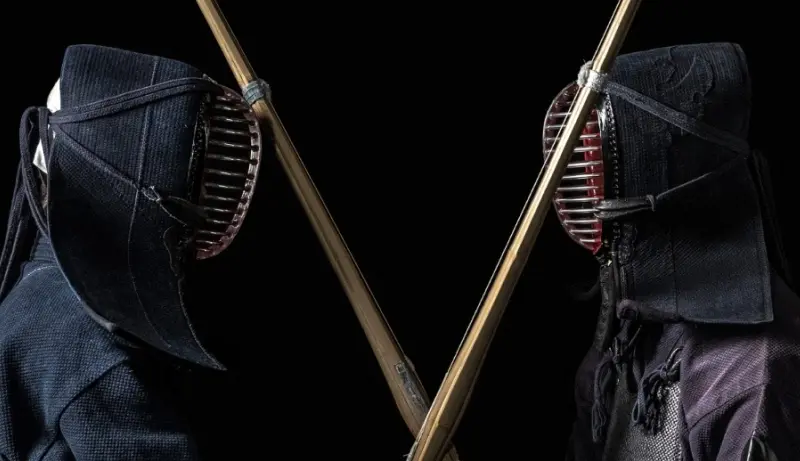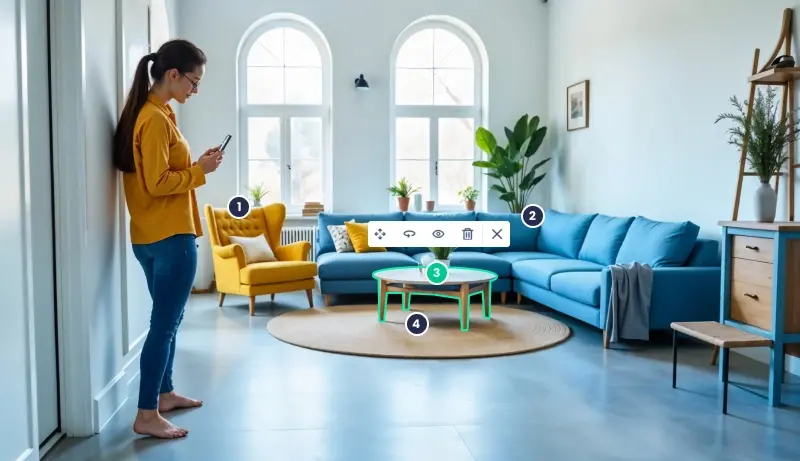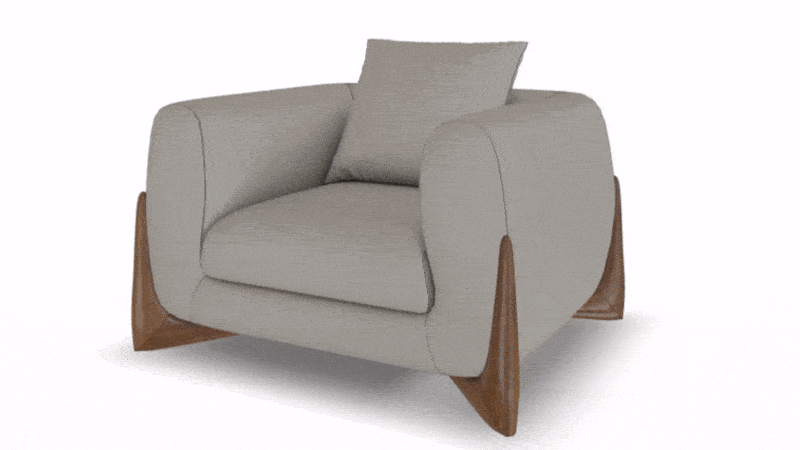
360 Degree Product Photography Reinvented
Why 360° Product Views Matter
Beyond 360° Product Photos: A Smarter, Scalable Alternative
Show Every Angle. Every Variation. Instantly
Zolak offers a modern alternative: an interactive 3D viewer.
Instead of a stitched photo sequence, your shopper gets a full, interactive 3D model they can rotate, zoom, and even place in their space with AR.
Benefits of the Zolak 3D Viewer
True-to-Life Interactivity
- Cinematic 360° spins + full 3D.
- Realistic lighting, shadows, and reflections.
- Deep zoom for stitching, textures, and micro-details.
- Performance optimized for both desktop and mobile.
Real-Time Product Customization
- Swap colors, materials, and components instantly.
- Preview unlimited variations in real-time.
- Ideal for furniture, fashion, equipment, and modular products.
Native Augmented Reality
- Instant AR launch directly from the product page.
- Help customers evaluate size, fit, and style.
- Increase buyer confidence and online conversion rates.
One 3D Asset. Unlimited Use
- Cut production costs tied to shoots, studios, shipping, and reshoots.
- Turn one 3D model into 10, 50, or 100+ SKUs.
- Use visuals across PDP, digital showrooms, ads, social media, email campaigns.
.webp?width=1400&height=787&name=66%20(1).webp)
Zolak Makes a Difference
Without
-
Buyer's remorse
-
Limited website interaction
-
Ineffective product presentation
-
Limited product display options
-
Static images
-
Lengthy visual content updates
-
Lower conversion
-
Limited opportunities for upselling
With
-
Informed decisions
-
Boosted site time and engagement
-
Comprehensive product presentation
-
Continuous visuals variety
-
360° viewing and virtual showrooms
-
Effortless content refresh
-
Faster buying decisions
-
Upselling complementary items
How It Works: From 3D Product Photography Services to Interactive 3D Experiences
Prepare Your 3D Model
Send 3D assets or product photos with dimensions. We create a photorealistic digital replica with true colors, textures, and optimized performance.Step 1
Set Up Your Zolak CMS Account
Manage your products, materials, configurations, and variants all in one simple, easy-to-use workspace. Step 2Embed the 3D Viewer on Your Website
Paste the ready-to-use snippet, and the interactive 3D viewer appears instantly on any product page. Step 3Deliver a High-Conversion Experience
Your 3D viewer go live, enhancing clarity, engagement, and boosting conversions for every customer. Step 43D media makes for a much more interactive shopping experience. Customers can examine our products from every angle, including AR, which helps them get a better sense of quality, size, and other details that matter.
Rebecca Minkoff Co-founder & CEO, Uri Minkoff
Who Benefits Most
-
 Fashion & AccessoriesShoes, bags, jewelry, and apparel — perfect for showcasing stitching, materials, textures, and craftsmanship.
Fashion & AccessoriesShoes, bags, jewelry, and apparel — perfect for showcasing stitching, materials, textures, and craftsmanship. -
 Help buyers understand shape, textures, joints, finishing, and scale — especially effective with AR.
Help buyers understand shape, textures, joints, finishing, and scale — especially effective with AR. -
 Home Decor & AppliancesGreat for lighting, kitchen appliances, décor items, and home accessories that require a clear sense of shape, finish, and real-world proportions.
Home Decor & AppliancesGreat for lighting, kitchen appliances, décor items, and home accessories that require a clear sense of shape, finish, and real-world proportions. -
 Consumer Electronics & GadgetsHighlight ports, buttons, ergonomics, surface finish, and build quality. Essential for products customers can’t physically hold.
Consumer Electronics & GadgetsHighlight ports, buttons, ergonomics, surface finish, and build quality. Essential for products customers can’t physically hold. -
 Sporting Goods & EquipmentShow performance features, materials, contours, attachments, and functional components — ideal for gear where durability and design matter.
Sporting Goods & EquipmentShow performance features, materials, contours, attachments, and functional components — ideal for gear where durability and design matter. -
 Brands that rely on digital-first presentation can create immersive virtual stores with interactive 3D and AR-ready products.
Brands that rely on digital-first presentation can create immersive virtual stores with interactive 3D and AR-ready products. -
 3D MerchandisingDisplay product variations, colors, and configurations in a dynamic, high-engagement format that drives stronger conversions.
3D MerchandisingDisplay product variations, colors, and configurations in a dynamic, high-engagement format that drives stronger conversions.
Why Choose Zolak



Are you using any of these platforms?
We integrate with each of them and more



.png?width=440&height=180&name=salesforce-commerce-cloud-logo%20(1).png)
-1.png?width=182&height=50&name=Group%20(1)-1.png)
FAQ
How is Zolak’s 3D Viewer different from standard 360° photography?
360° photos are just stitched images — limited rotation, limited zoom, no lighting or color changes. Zolak’s 3D visualization services use a digital twin of your product for smooth 360 and full 3D rotation, zoom, instant color updates, and AR.
Is 3D modeling really more cost-effective than traditional photography?
Yes, especially with many SKUs or variations. Photography requires new shoots for every color or material. With Zolak, you build the model once and create variations digitally, often cutting visual production costs by up to 70%.
Do I need to ship my physical products?
No. We create photorealistic 3D models from your reference photos, dimensions, and drawings. You save time, shipping costs, and avoid potential product damage.
Will the 3D models look as realistic as photos?
Yes, this is the core of our 3D product rendering services. Our artists recreate every detail: fabric weave, wood grain, metal reflections, stitching, shadows, texture depth. Most shoppers can’t tell the difference between our renders and a high-end studio photo.
We have 50 fabric options. Do we need 50 models?
No. We build the shape once and apply all fabrics digitally. It’s much faster and far more affordable than photographing 50 samples.
How difficult is it to integrate the viewer into my website?
Very easy. Integration takes just a few minutes using a lightweight code snippet compatible with popular ecommerce platforms, such as Shopify and WooCommerce, as well as custom websites.
Discover the Full Zolak Ecosystem
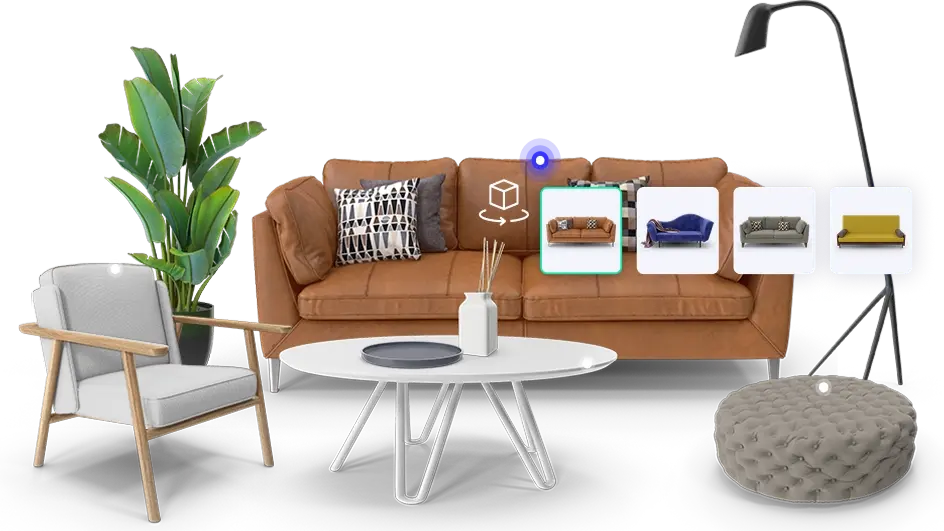
Offer immersive try-before-you-buy experiences to build consumer confidence.
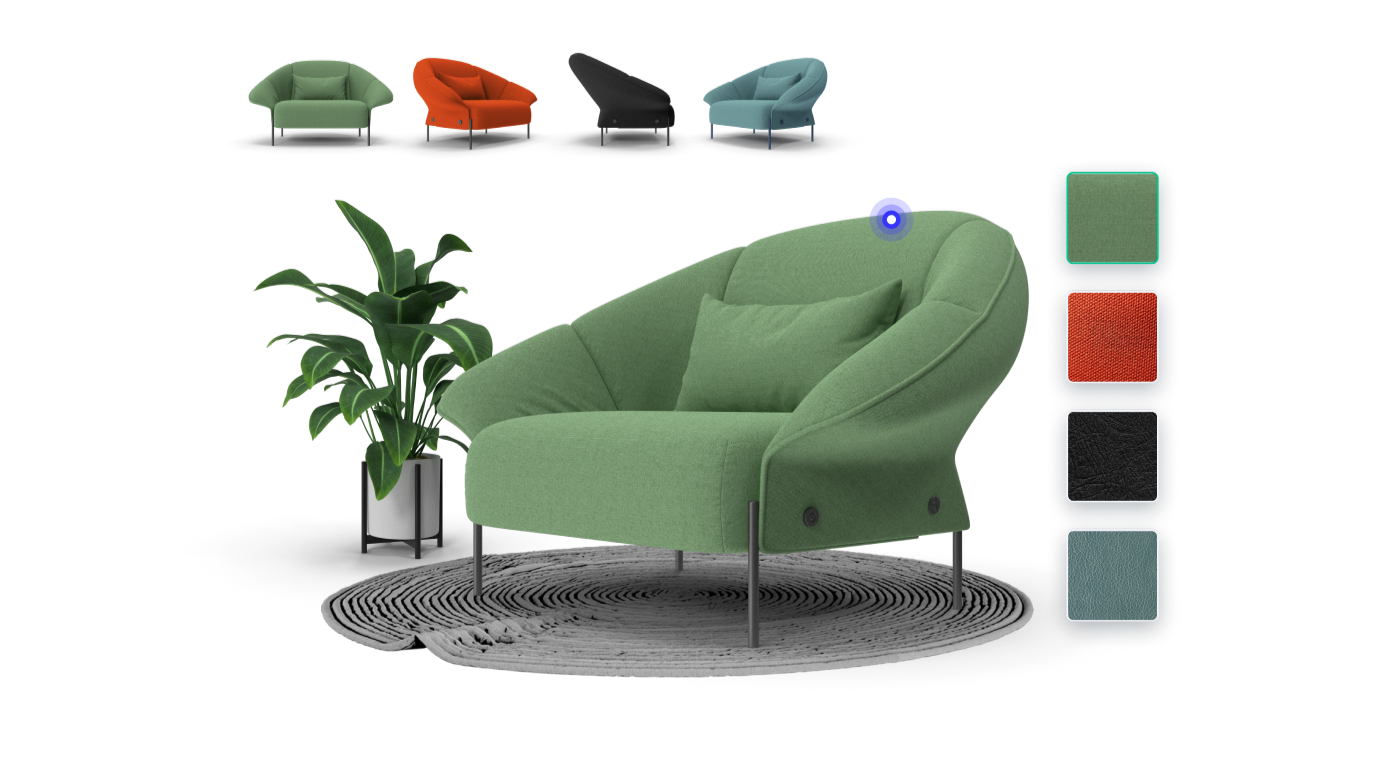
Display every potential product customization in real-time and provide your buyers with ownership of the product.
.webp)
Generate thousands of gorgeous product images that shows every customization and angle.
Start Your Free Trial
Sign up today and explore your products in full 3D and 360° for one month at no cost.
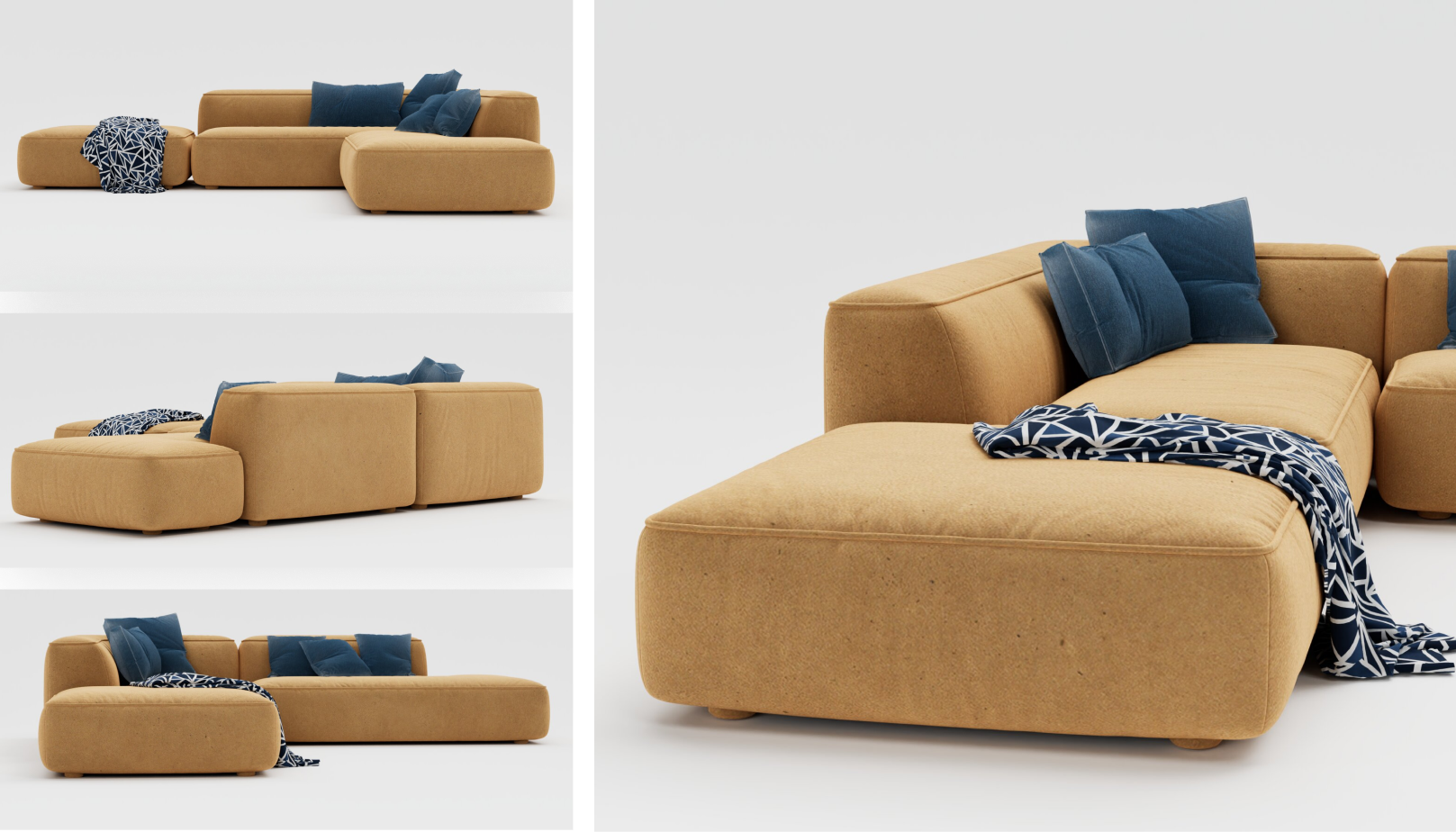
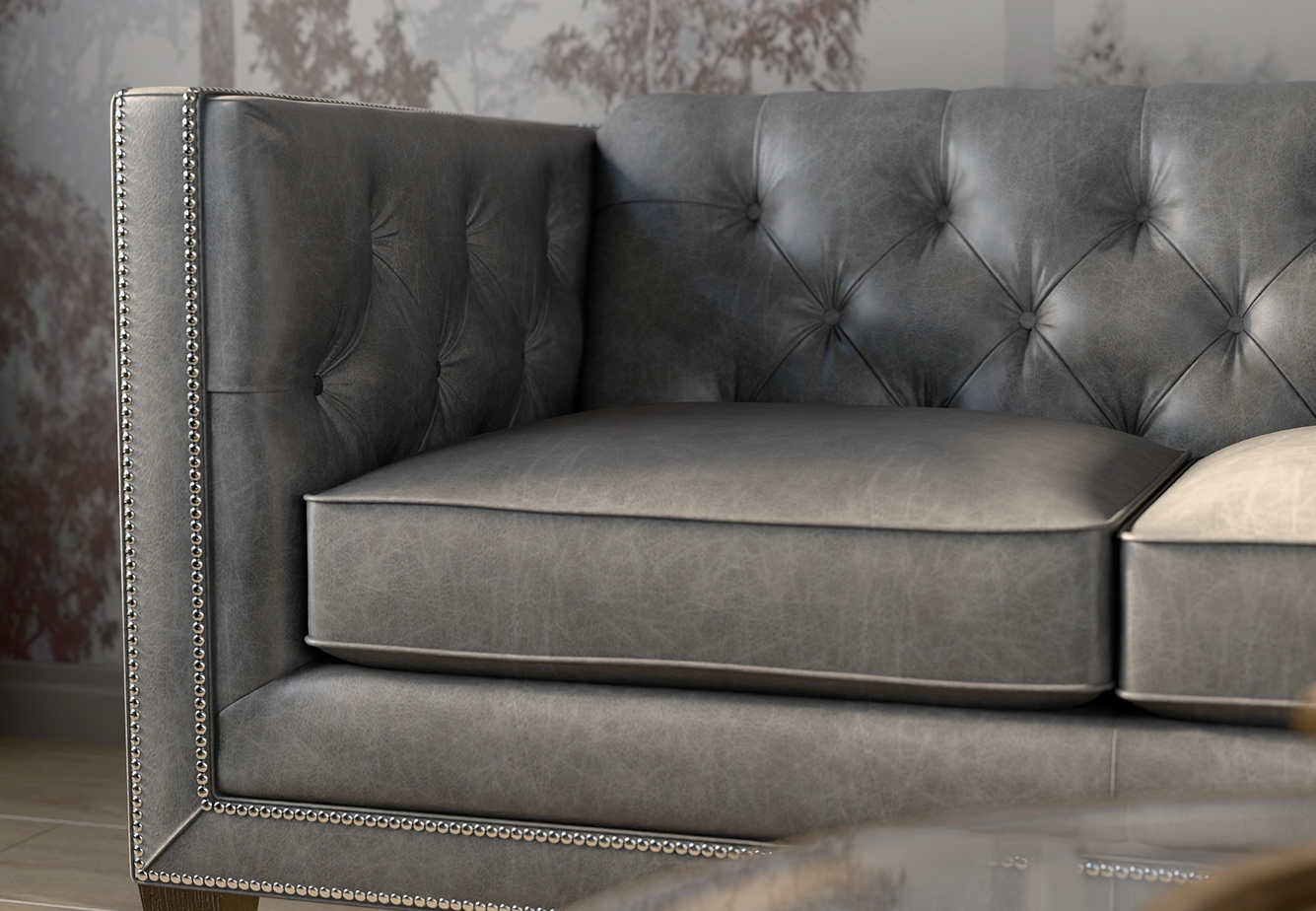
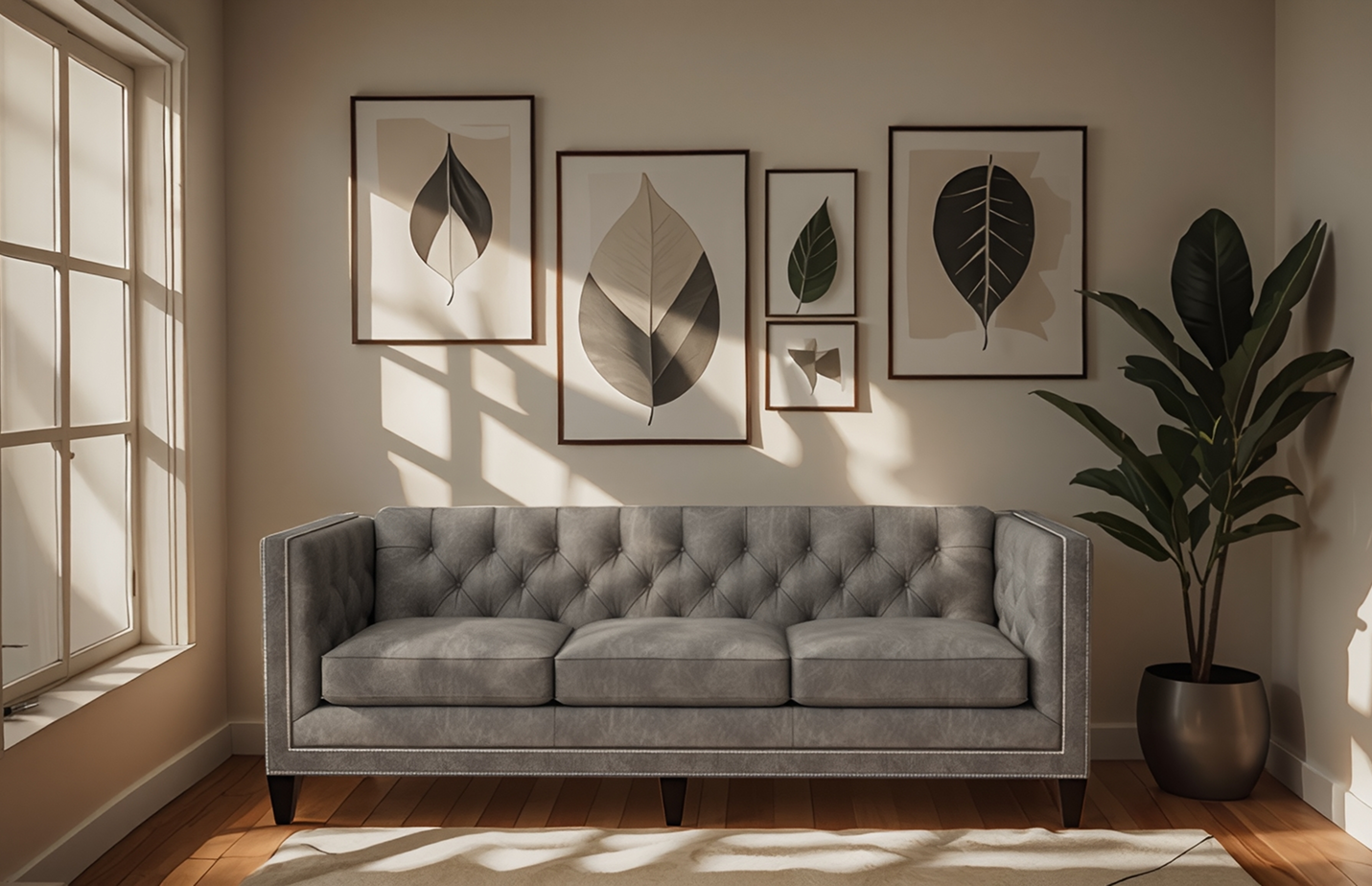
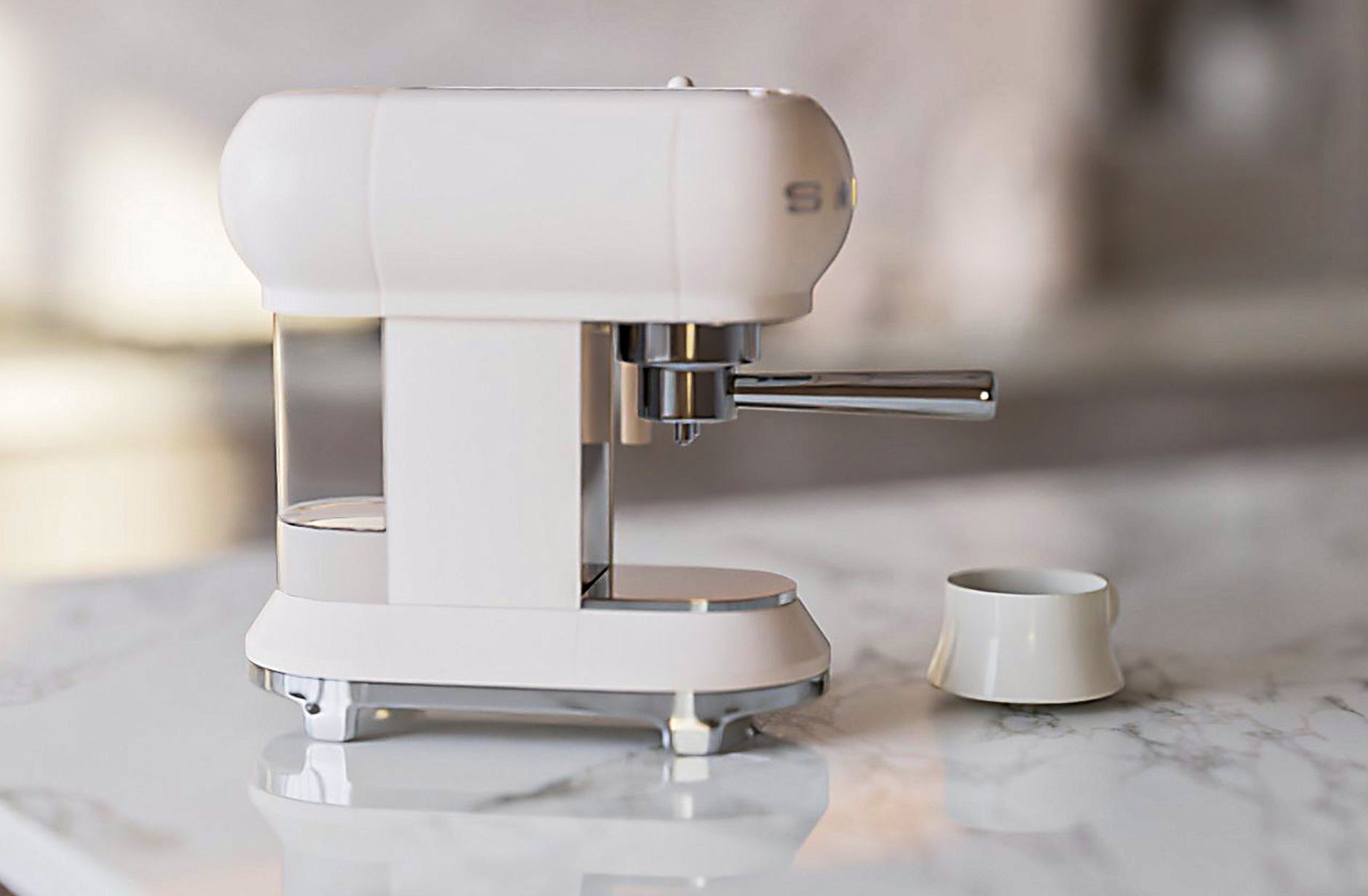
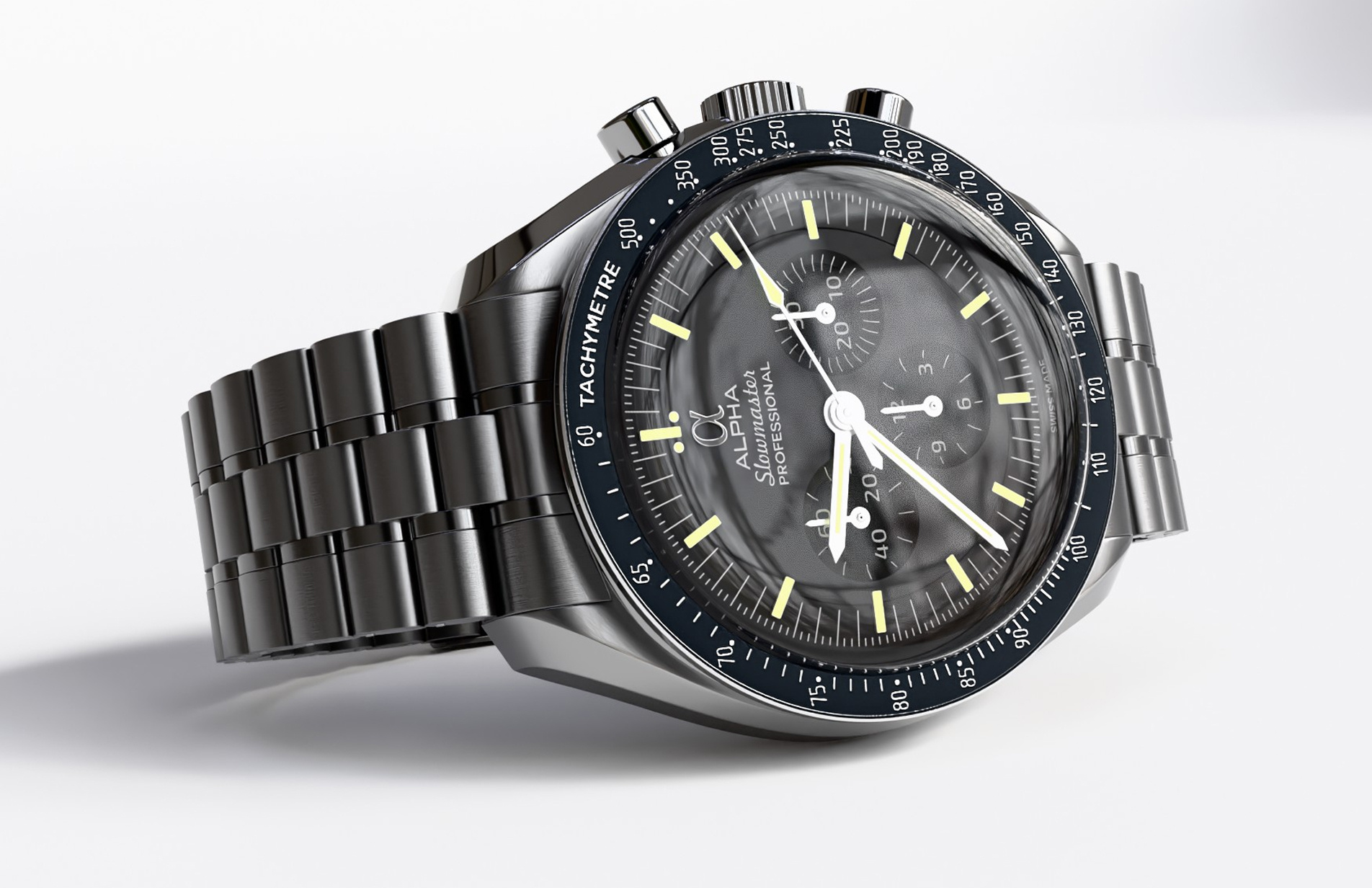
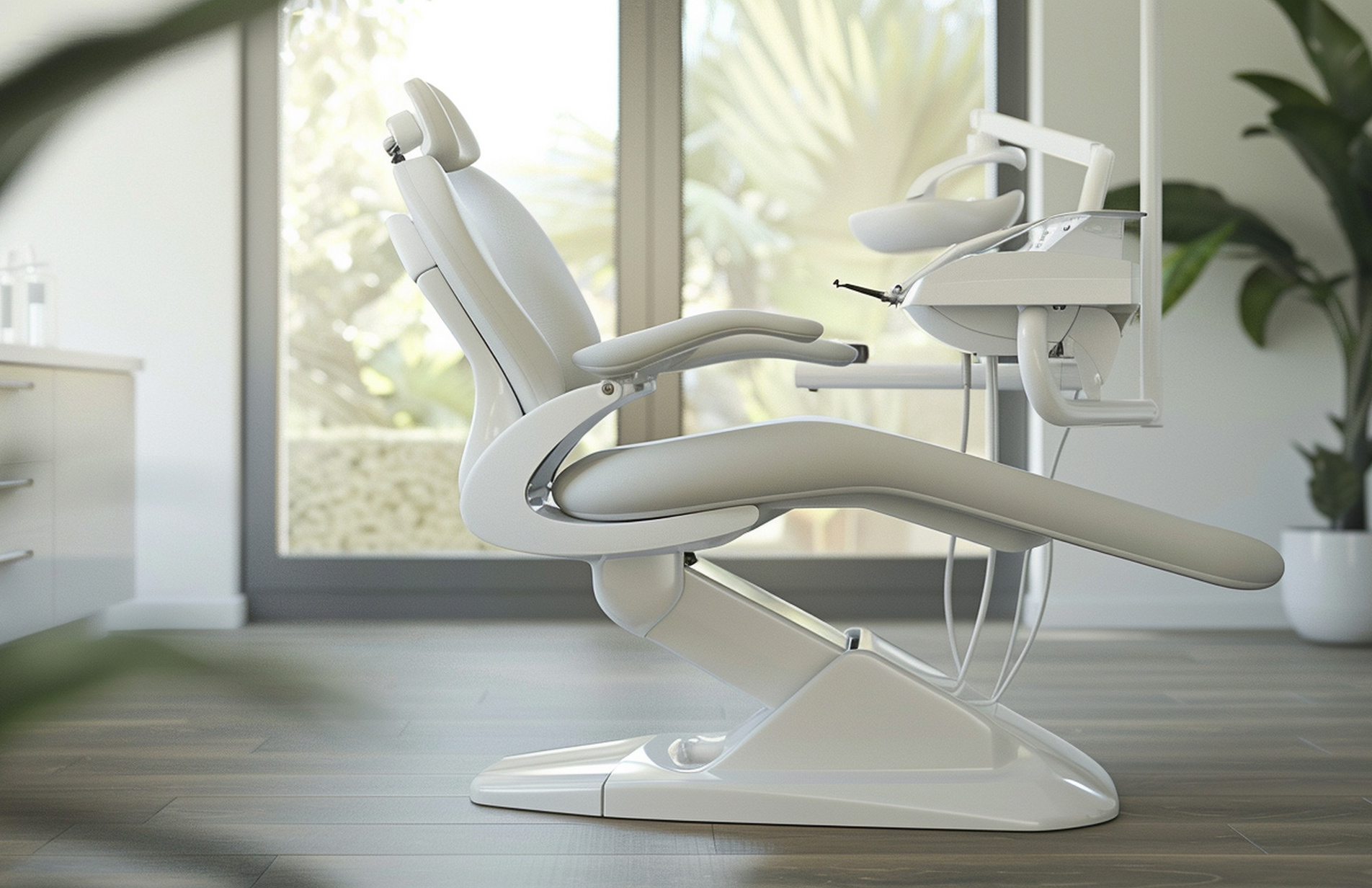
.jpg)
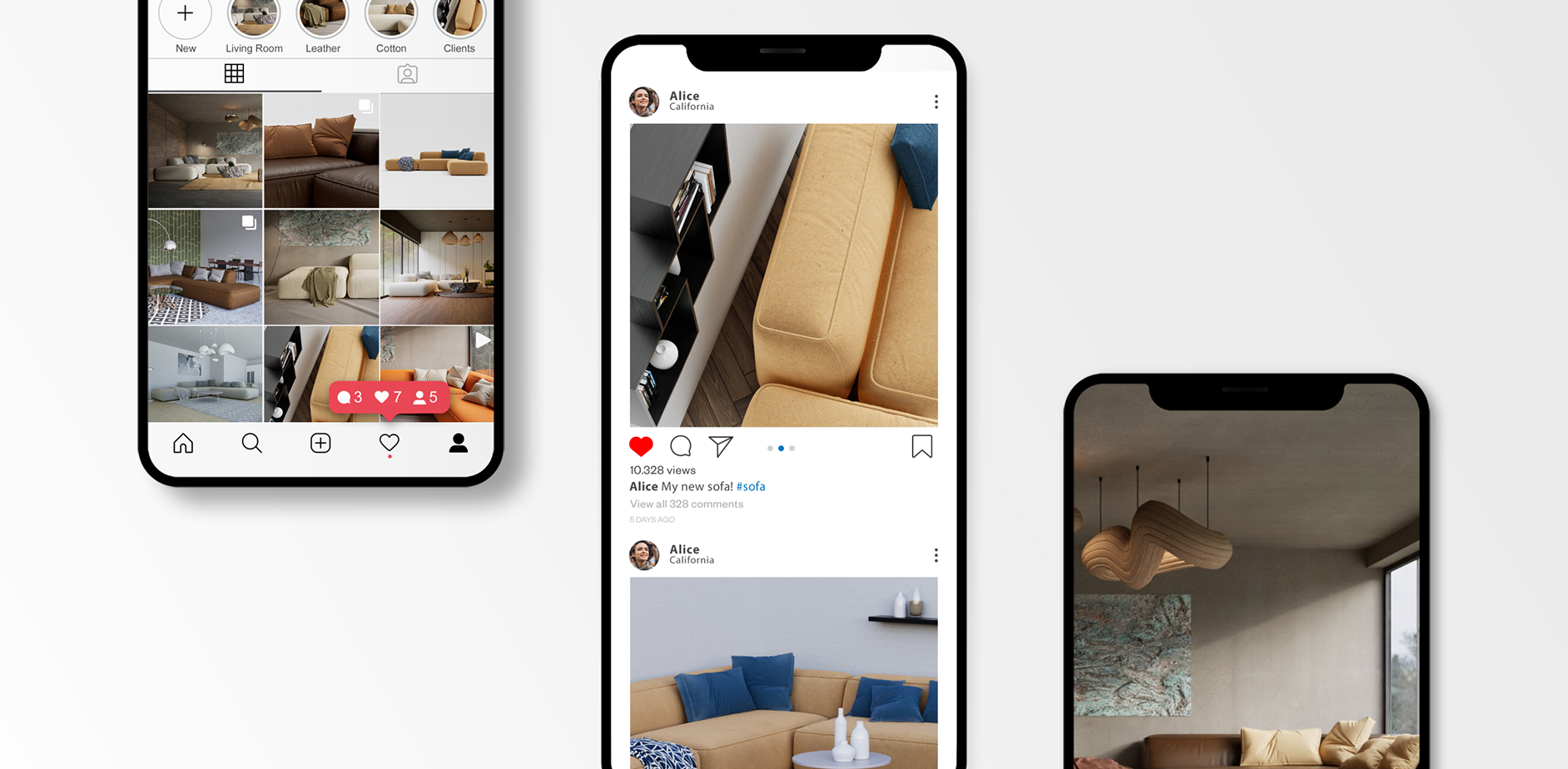
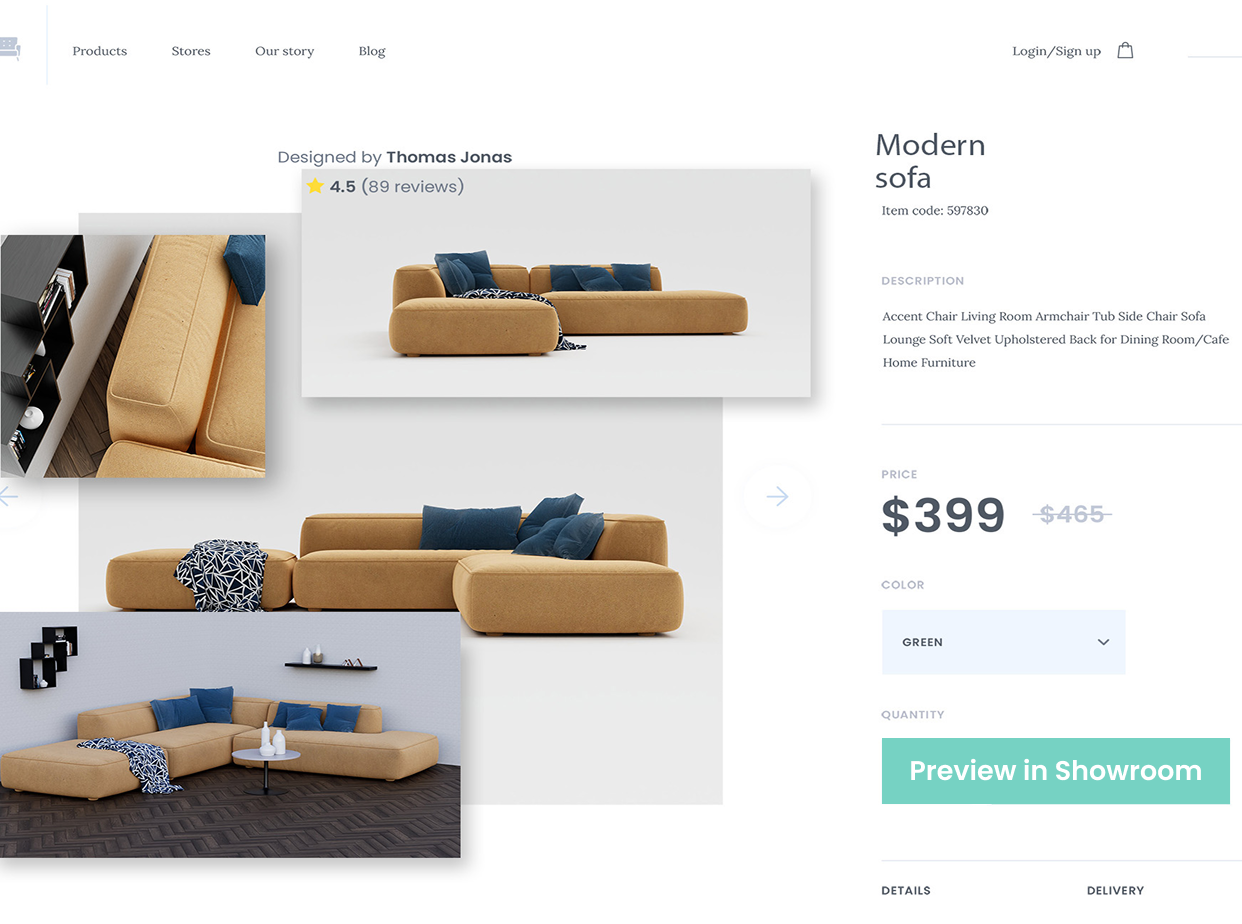
-1.png?width=110&height=110&name=Ellipse%2086%20(3)-1.png)
